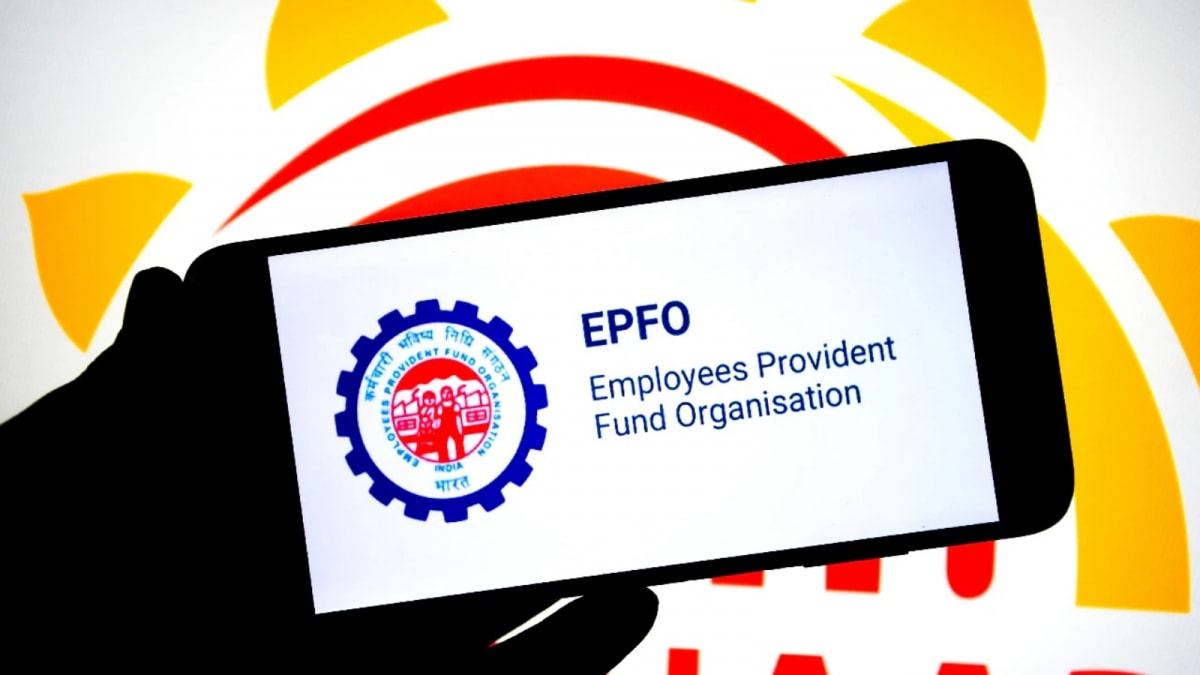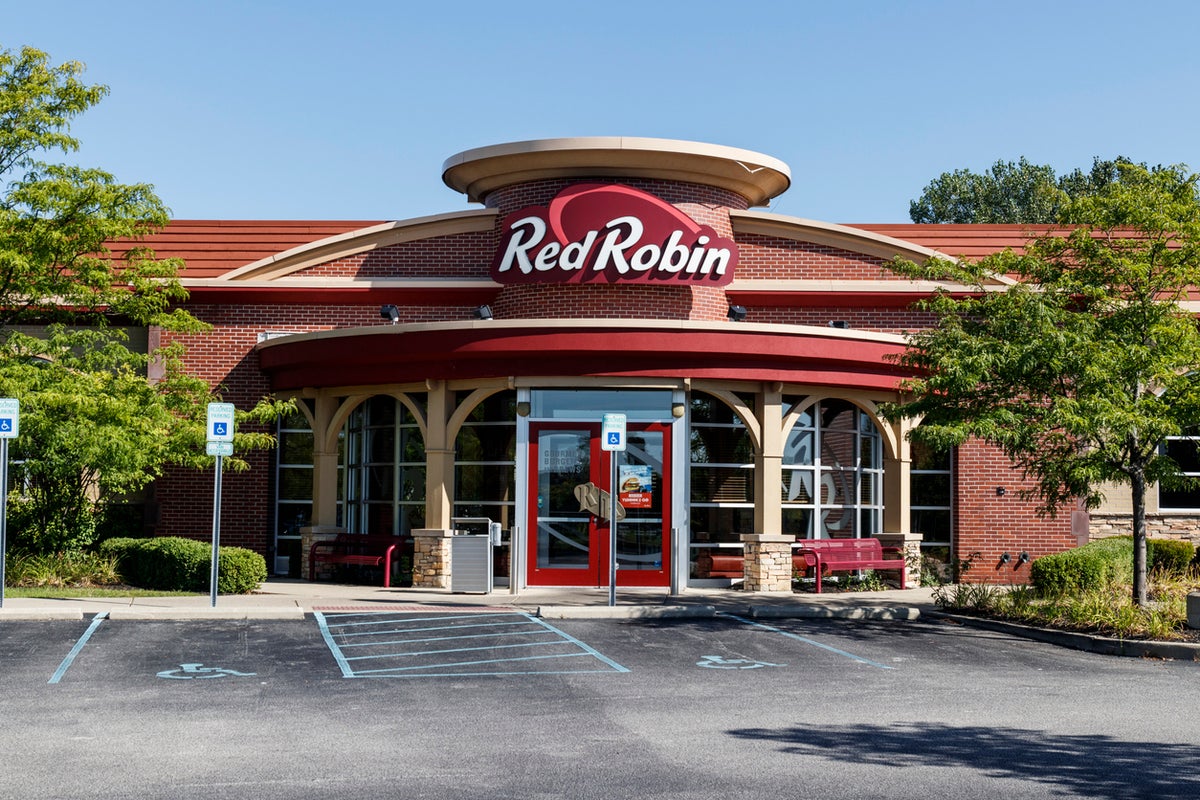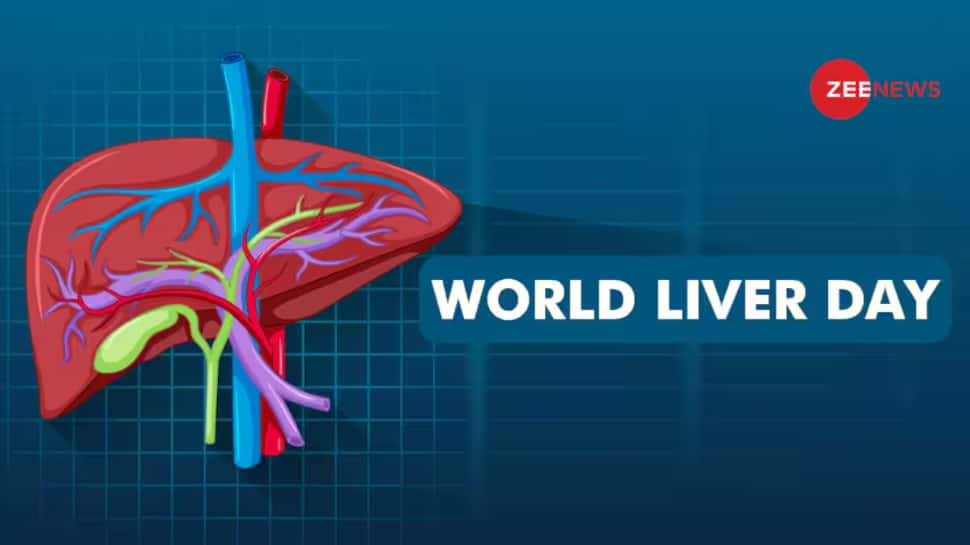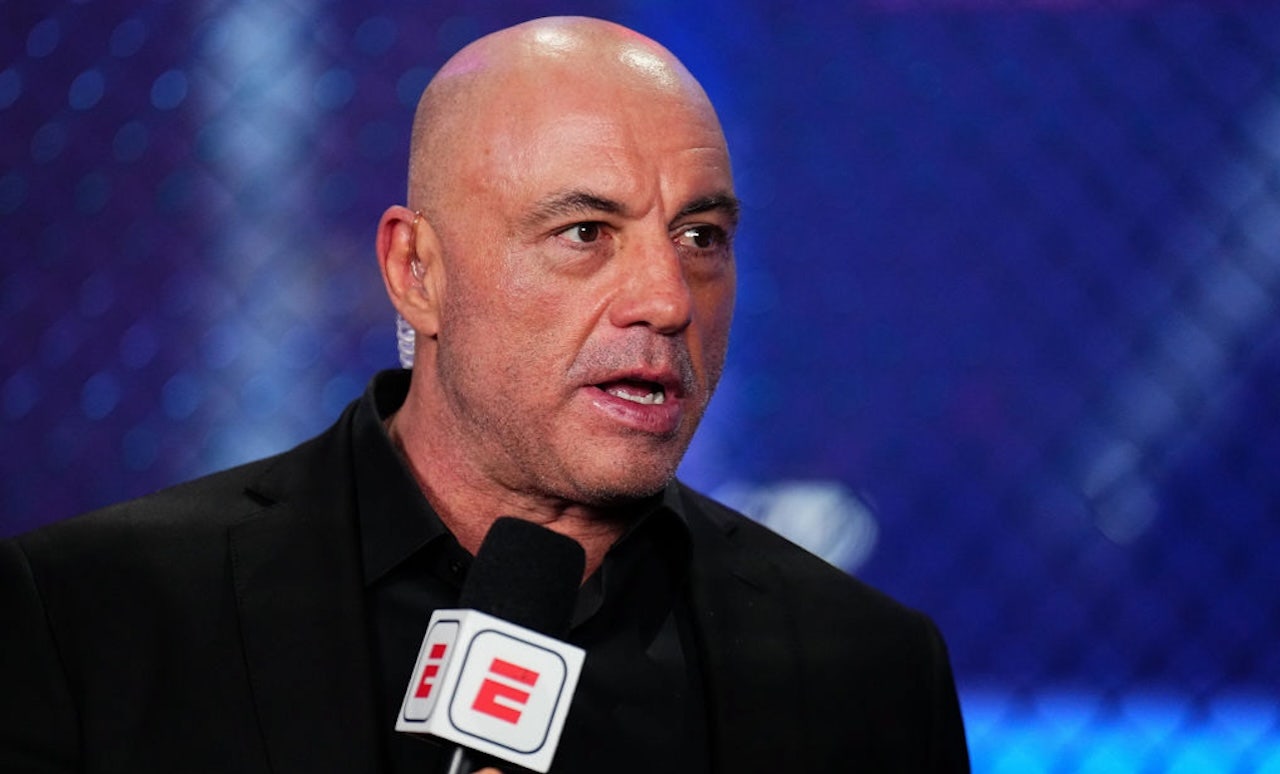By Ashutosh Bhandari
Railway Budget 2024: The government has wavered little in its efforts to spur a modernisation of railways in the country, pivoting on technology, to support the country’s economic ambitions. In line with expectations, Union Budget 2024-25 set the capex for railways at a record Rs 2.65 lakh crore, marking yet another year of successive increase in outlay.That takes forward the past policies and the government’s vision, which have paved the way for modernisation of the transport behemoth.
In earlier decades, the government had focused on laying tracks on new routes, electrification and incremental rolling stock capacity addition. That was the need of the hour back then and has helped set up the base for a larger transformation.
For instance, the massive Dedicated Freight Corridor (DFC) as well as locomotive factories at Marhaura and Madhepura in Bihar were conceptualised over a decade ago and we are seeing their completion now.
More recently, the focus has shifted to modernisation—of rolling stock and safety systems, among other aspects.
This year, emphasis has also been laid on the railways’ crucial role in industrial development. Commodity-specific corridors have been planned in eastern India and impetus given to port connectivity. Vande Bharat and technology-led upgrades in rolling stock remain in focus. Safety has been prioritised through budgetary allocations for the anti-collision system Kavach. That said, there are other cogs in the wheel that demand attention from a long-term perspective.
First, the target for the Operating Ratio, the crucial efficiency gauge, has been set at 98.22% for 2024-25, compared with 98.65% in 2023-24. This reflects an imminent need for operational transformation. An effective overhaul of the world’s fourth-largest rail network will take many years and thus we need to start focusing on improving efficiency and reducing costs now.
DFC is almost entirely operational and will be complete over the next few months. To ensure the project achieves its twin goals of reducing logistics costs and enhancing freight efficiency, railways need to attract more cargo on the corridor. This will help increase the rail coefficient and make the railways’ approach more market-oriented, which will in turn aid future corridors.
A revamp of railway stations is on track, with sufficient funds dedicated to this end. But even though new coaches and wagons are increasingly being added to meet footfalls, the stations and passenger trains themselves remain synonymous with chaos.
Just as safety, comfort and convenience have been prioritised, there is a need for solutions to address the capacity and demand challenges. As a first step, the government could target development of new stations and setting up of new coach production units.
As a leading freight mover, Indian Railways carried a record 1,588 MT cargo in fiscal 2024, up from 1,095 MT in fiscal 2015. It accounts for 26% of the cargo moved in the country—by no means an easy feat. The railways aims to take this volume to 3,000 MT by 2030, which would require a 11% CAGR against the around 4.2% witnessed over the last 10 years. As per a report by TERI and Shakti Foundation, from carrying about 62% of freight traffic in 1990-91, Indian Railways’ share has declined to ~27% in 2014-15. This has been due to the expanding road network, cost competitiveness over railways, and door-to-door service. Thus, commencing the cycle of increasing the rail share again is commendable.
DFCs, a high-capacity track network, high-power locomotives and improvement in wagon designs have set the ball rolling for larger capacity, faster freight trains that deliver better efficiency.
Yet, achieving exponential growth is a tall ask given the current dynamics. Possibly, similar challenges might apply to other goals the railways might have for 2047.
To be fair, despite its scale and complexity, Indian Railways has been able to achieve diverse developments at commendable speed.
But the track ahead is long and it is time to start discussing the reinvention of the institutional set-up.
Indian Railways sees substantial private sector involvement in the form of vendors and contractors. Policymakers could start mulling extreme options such as parallel privately-owned and operated railway infrastructure, coupled with centralised planning and an evolved role for the railways. This will need a robust policy framework from the Government of India.
The time is perhaps also ripe to bring user charge and asset monetisation-driven segments for passengers as well as cargo to the discussion table. Globally, the separation of infrastructure and operations in railways has delivered mixed results, for example in the United Kingdom. The model should be analysed and revisited to understand its potential relevance in the Indian context.
The key would be to retrace our steps and align our long-term goals to identify not just incremental changes but also ways to explore bold and path-breaking alternatives that put Indian Railways on a smooth track and bring it up to speed.
(Ashutosh Bhandari is Director, Consulting at CRISIL Market Intelligence & Analytics)
Railway Budget 2024: The government has wavered little in its efforts to spur a modernisation of railways in the country, pivoting on technology, to support the country’s economic ambitions. In line with expectations, Union Budget 2024-25 set the capex for railways at a record Rs 2.65 lakh crore, marking yet another year of successive increase in outlay.That takes forward the past policies and the government’s vision, which have paved the way for modernisation of the transport behemoth.
In earlier decades, the government had focused on laying tracks on new routes, electrification and incremental rolling stock capacity addition. That was the need of the hour back then and has helped set up the base for a larger transformation.
For instance, the massive Dedicated Freight Corridor (DFC) as well as locomotive factories at Marhaura and Madhepura in Bihar were conceptualised over a decade ago and we are seeing their completion now.
More recently, the focus has shifted to modernisation—of rolling stock and safety systems, among other aspects.
This year, emphasis has also been laid on the railways’ crucial role in industrial development. Commodity-specific corridors have been planned in eastern India and impetus given to port connectivity. Vande Bharat and technology-led upgrades in rolling stock remain in focus. Safety has been prioritised through budgetary allocations for the anti-collision system Kavach. That said, there are other cogs in the wheel that demand attention from a long-term perspective.
First, the target for the Operating Ratio, the crucial efficiency gauge, has been set at 98.22% for 2024-25, compared with 98.65% in 2023-24. This reflects an imminent need for operational transformation. An effective overhaul of the world’s fourth-largest rail network will take many years and thus we need to start focusing on improving efficiency and reducing costs now.
DFC is almost entirely operational and will be complete over the next few months. To ensure the project achieves its twin goals of reducing logistics costs and enhancing freight efficiency, railways need to attract more cargo on the corridor. This will help increase the rail coefficient and make the railways’ approach more market-oriented, which will in turn aid future corridors.
A revamp of railway stations is on track, with sufficient funds dedicated to this end. But even though new coaches and wagons are increasingly being added to meet footfalls, the stations and passenger trains themselves remain synonymous with chaos.
Just as safety, comfort and convenience have been prioritised, there is a need for solutions to address the capacity and demand challenges. As a first step, the government could target development of new stations and setting up of new coach production units.
As a leading freight mover, Indian Railways carried a record 1,588 MT cargo in fiscal 2024, up from 1,095 MT in fiscal 2015. It accounts for 26% of the cargo moved in the country—by no means an easy feat. The railways aims to take this volume to 3,000 MT by 2030, which would require a 11% CAGR against the around 4.2% witnessed over the last 10 years. As per a report by TERI and Shakti Foundation, from carrying about 62% of freight traffic in 1990-91, Indian Railways’ share has declined to ~27% in 2014-15. This has been due to the expanding road network, cost competitiveness over railways, and door-to-door service. Thus, commencing the cycle of increasing the rail share again is commendable.
DFCs, a high-capacity track network, high-power locomotives and improvement in wagon designs have set the ball rolling for larger capacity, faster freight trains that deliver better efficiency.
Yet, achieving exponential growth is a tall ask given the current dynamics. Possibly, similar challenges might apply to other goals the railways might have for 2047.
To be fair, despite its scale and complexity, Indian Railways has been able to achieve diverse developments at commendable speed.
But the track ahead is long and it is time to start discussing the reinvention of the institutional set-up.
Indian Railways sees substantial private sector involvement in the form of vendors and contractors. Policymakers could start mulling extreme options such as parallel privately-owned and operated railway infrastructure, coupled with centralised planning and an evolved role for the railways. This will need a robust policy framework from the Government of India.
The time is perhaps also ripe to bring user charge and asset monetisation-driven segments for passengers as well as cargo to the discussion table. Globally, the separation of infrastructure and operations in railways has delivered mixed results, for example in the United Kingdom. The model should be analysed and revisited to understand its potential relevance in the Indian context.
The key would be to retrace our steps and align our long-term goals to identify not just incremental changes but also ways to explore bold and path-breaking alternatives that put Indian Railways on a smooth track and bring it up to speed.
(Ashutosh Bhandari is Director, Consulting at CRISIL Market Intelligence & Analytics)















































